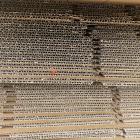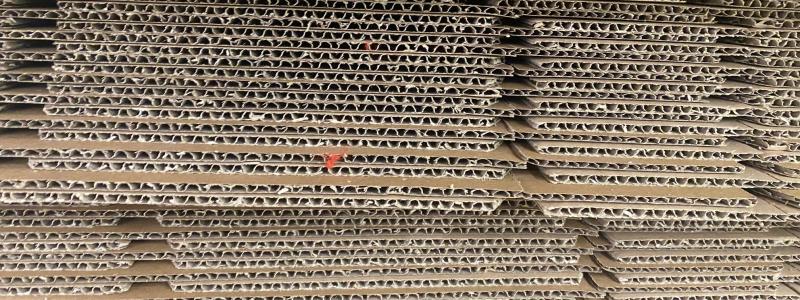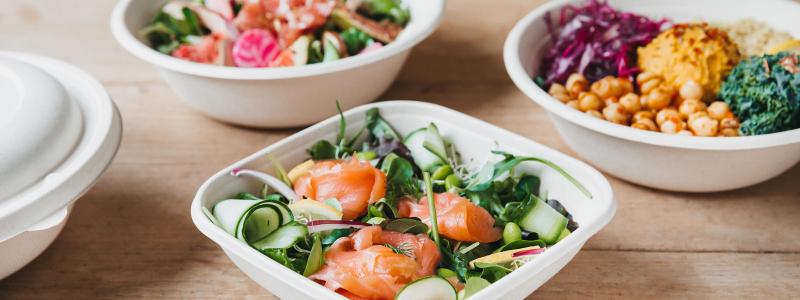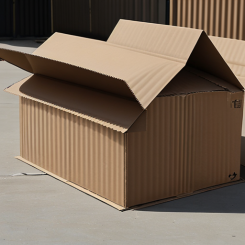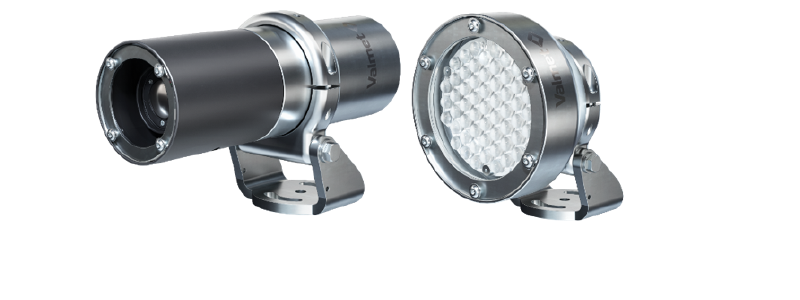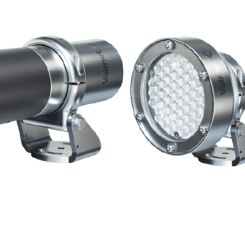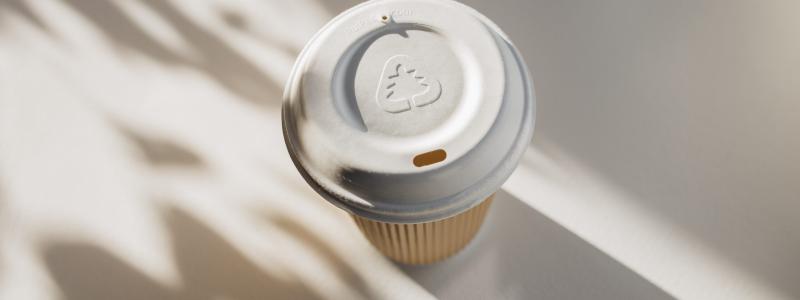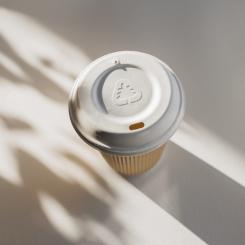The global fluff pulp market is set to remain buoyant, even as it undergoes progressive changes, according to the latest exclusive market data from Smithers Pira.
In its new report The Future of Global Fluff Pulp to 2020, Smithers charts how the 6.0 million air dried tonnes of fluff pulp that was produced in 2015, is projected to increase to 7.3 million air dried tonnes in 2020.
Total global sales of fluff pulp in 2015 were $4.5 billion (€4.2 billion); up from $3.9 billion in 2010. This is projected to grow to $5.0 billion in 2020. This healthy expansion is taking place, despite a continuing reduction in volume of fluff pulp employed in individual products in its major end uses. This market resilience can be attributed to a growth in use of adult incontinence products, and increases in infant diaper (nappy) sales in emerging markets.
The fastest growing major end-use for fluff pulp is in nonwovens. The consumption of fluff pulp for large hygiene end-uses is projected to increase 3.4% by weight annually through 2020, the nonwovens segment is projected to increase its fluff pulp consumption by 5.4% year-on-year. In 2015, Nonwovens represent 8.5% of the global fluff pulp demand, with airlaid nonwovens being the most significant sub-market for fluff pulp.
Historically, the hygiene end-uses – baby diapers/nappies, feminine hygiene pads, and adult incontinence products – have accounted for the majority of the fluff pulp consumed globally and have driven expansion of the world market. In 2010, these hygiene end-uses accounted for 91.6% of the fluff pulp consumed globally. By 2020, these end-uses will consume slightly less – 90.3% – a small drop in market share, that is indicative of longer-term trends.
Diapers are key products in the global fluff pulp market; they use more fluff pulp per unit than the more numerous feminine hygiene pads, and sell more units than larger adult-size incontinence products.Year-on-year growth rates for infant diapers are expected to be around 2.2% in volume terms over the next 5 years.
The major feminine hygiene products using fluff pulp are pads.
The key factors affecting the adult incontinence products market are increases in:
- The number of adults aged 65 years old and above
- The number of females 40 – 65 years old
- The market penetration of products
- The erosion of culturally driven reticence over use
- Disposable incomes


